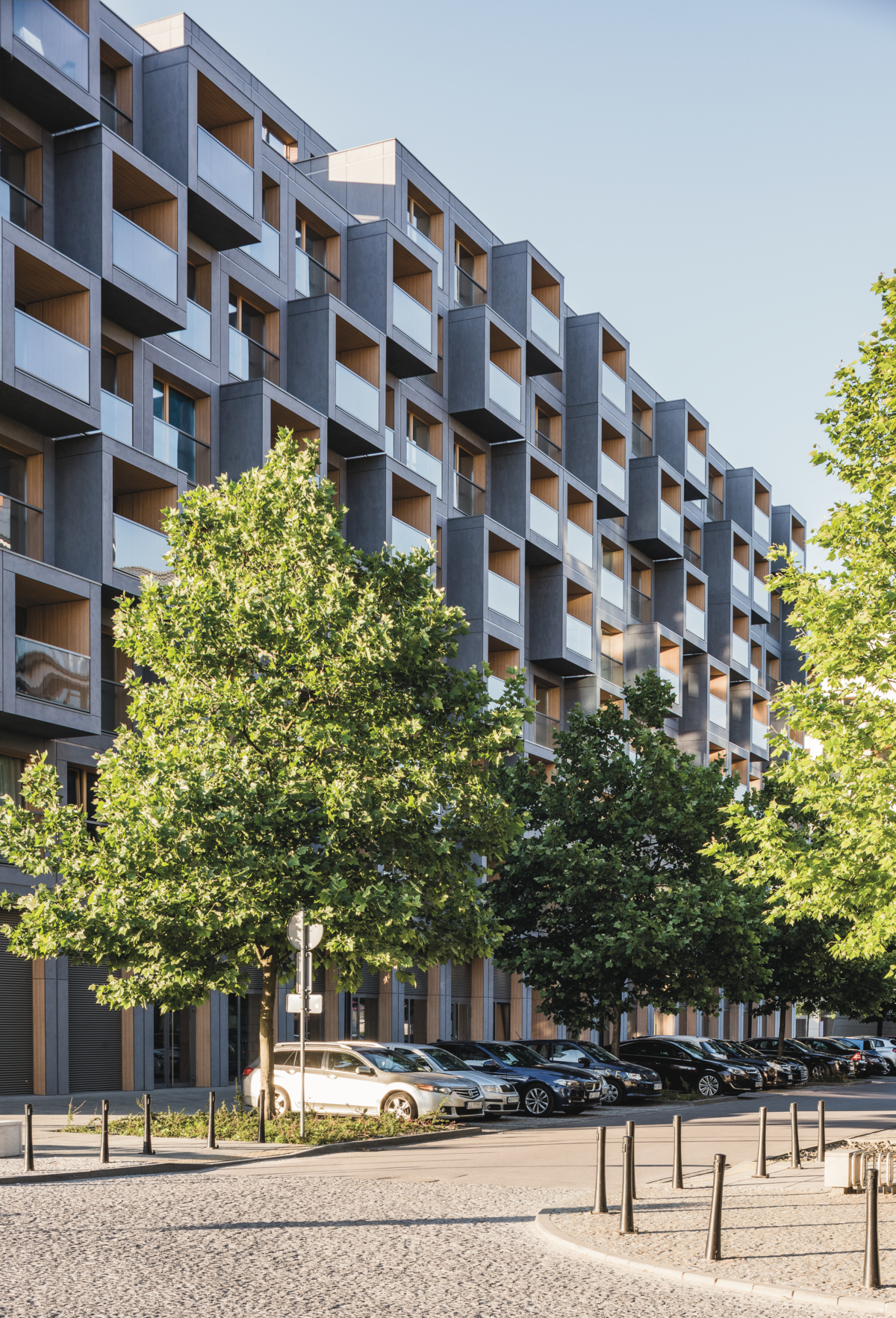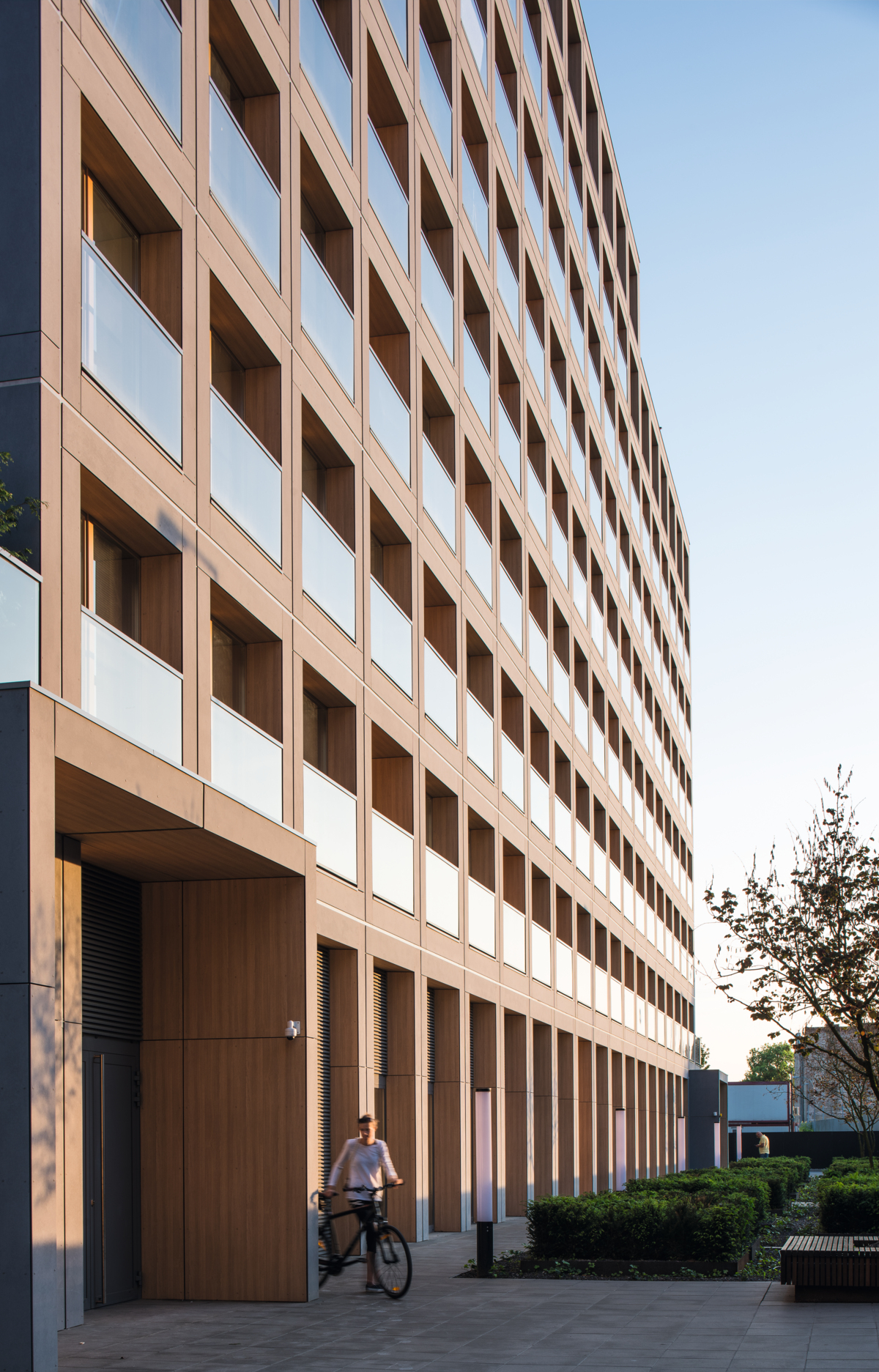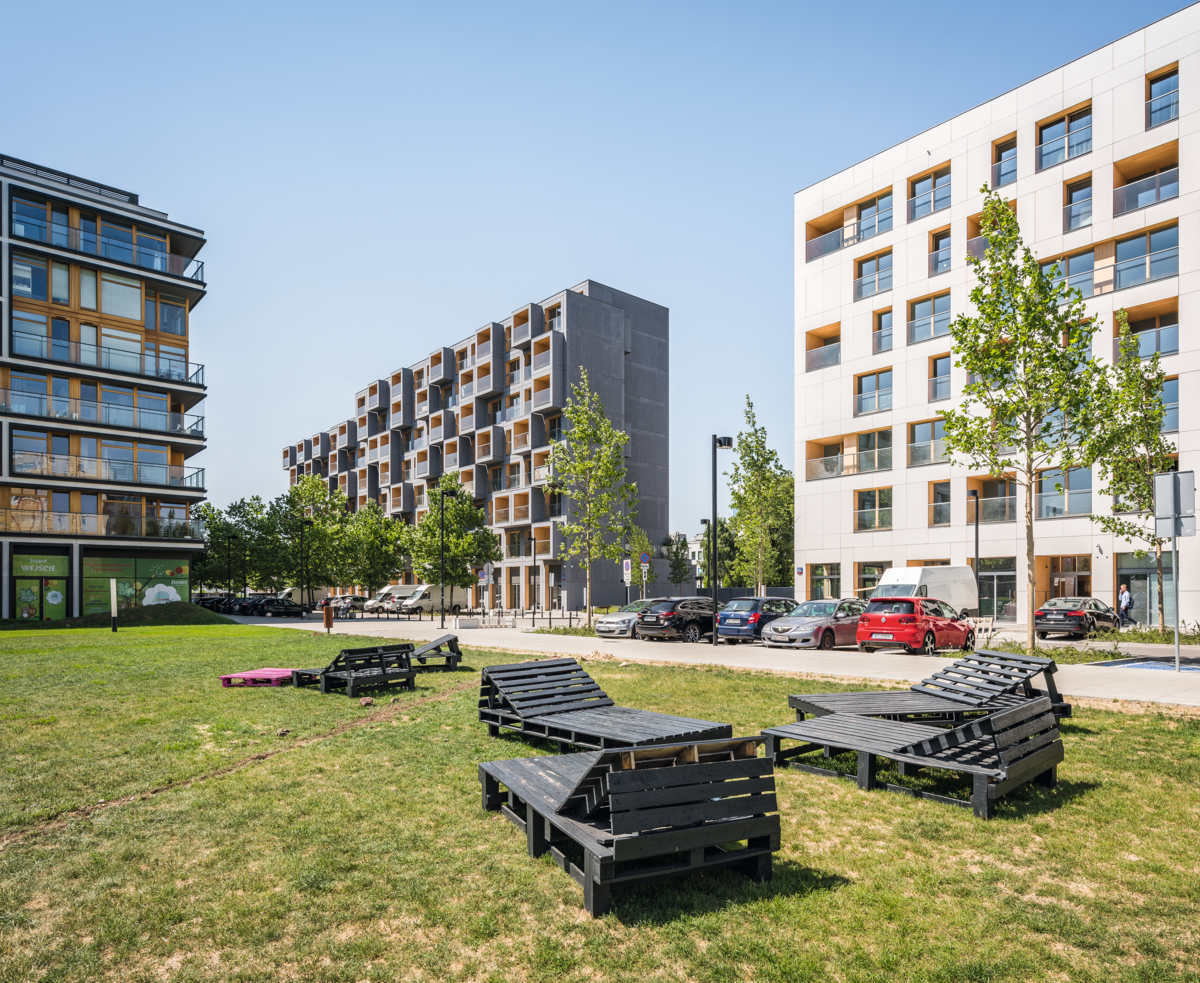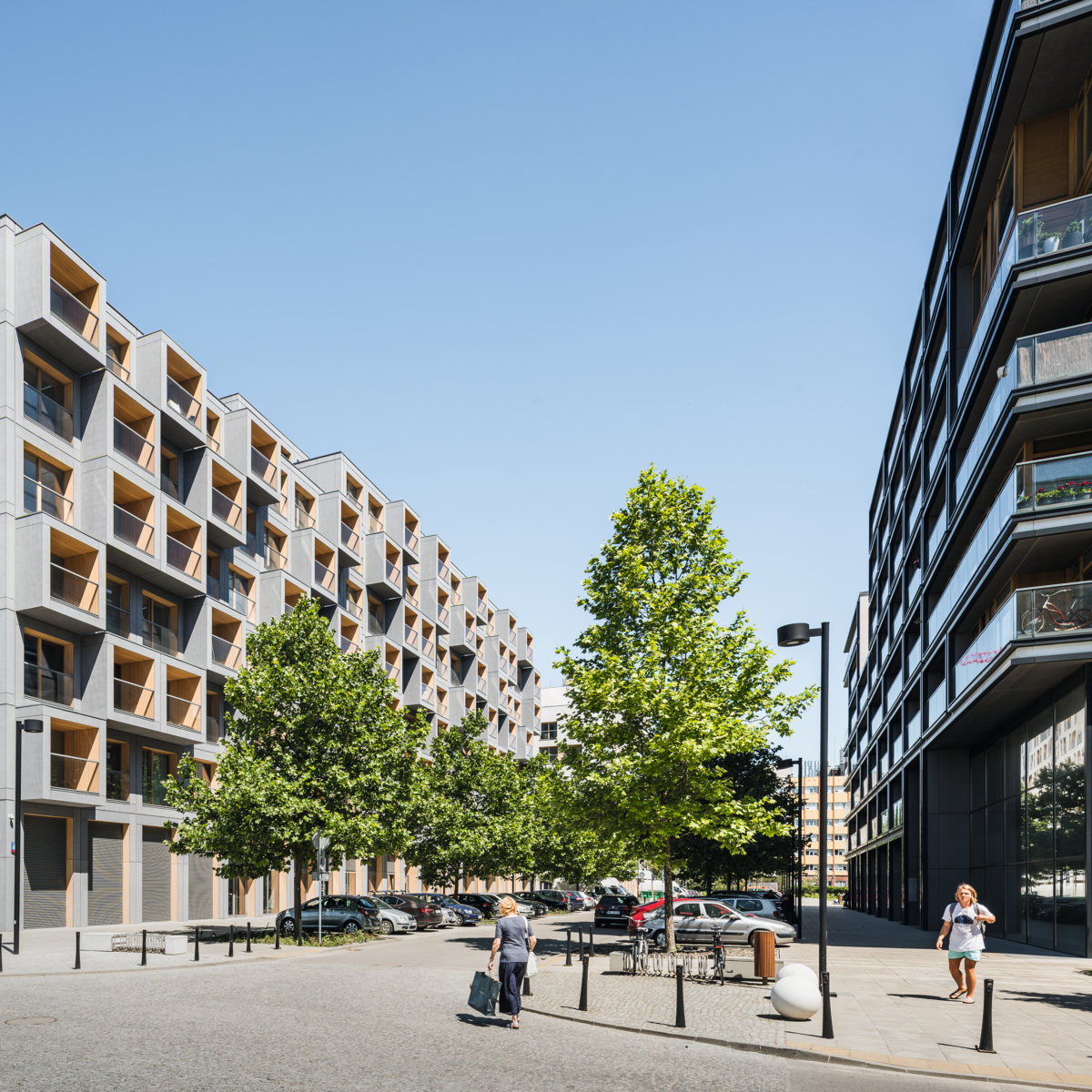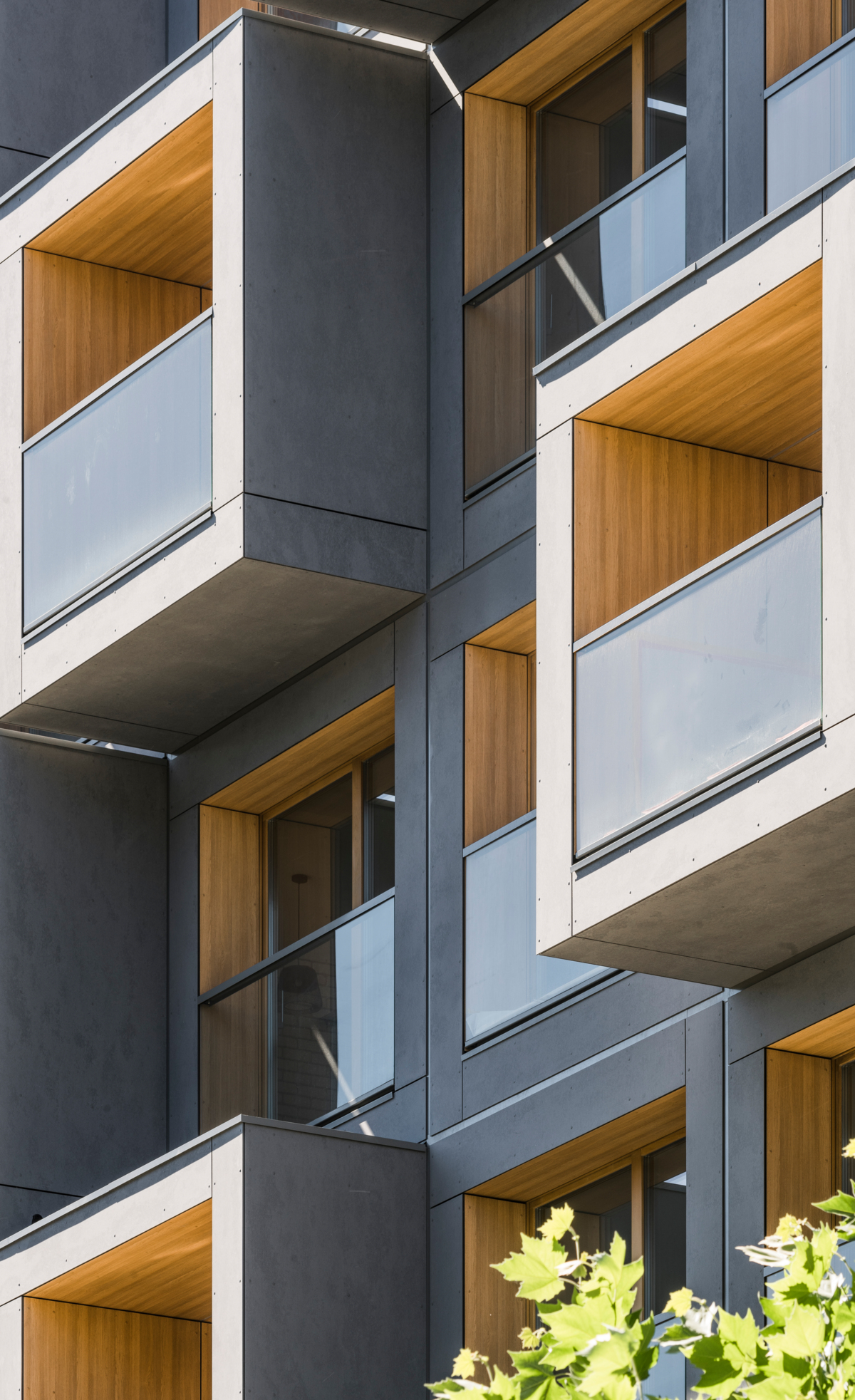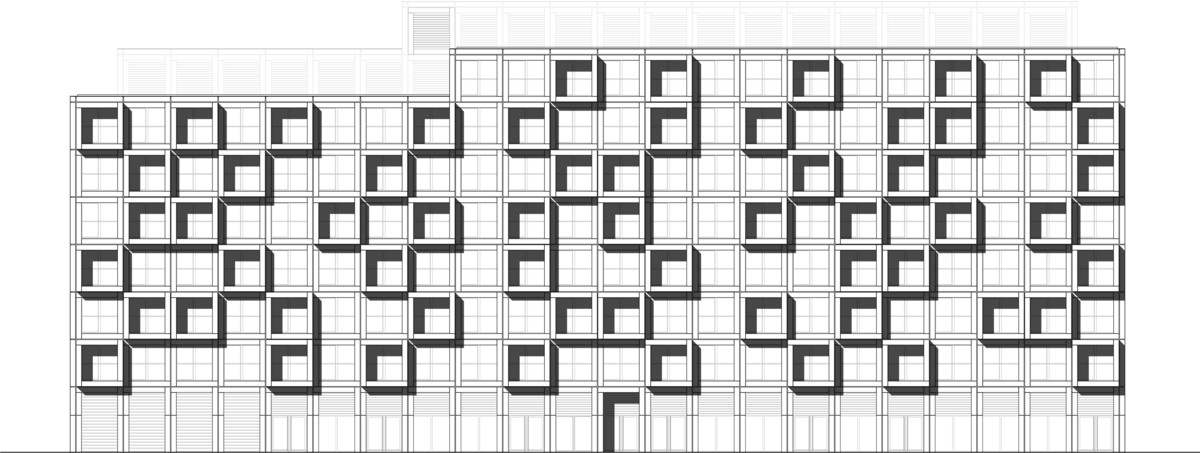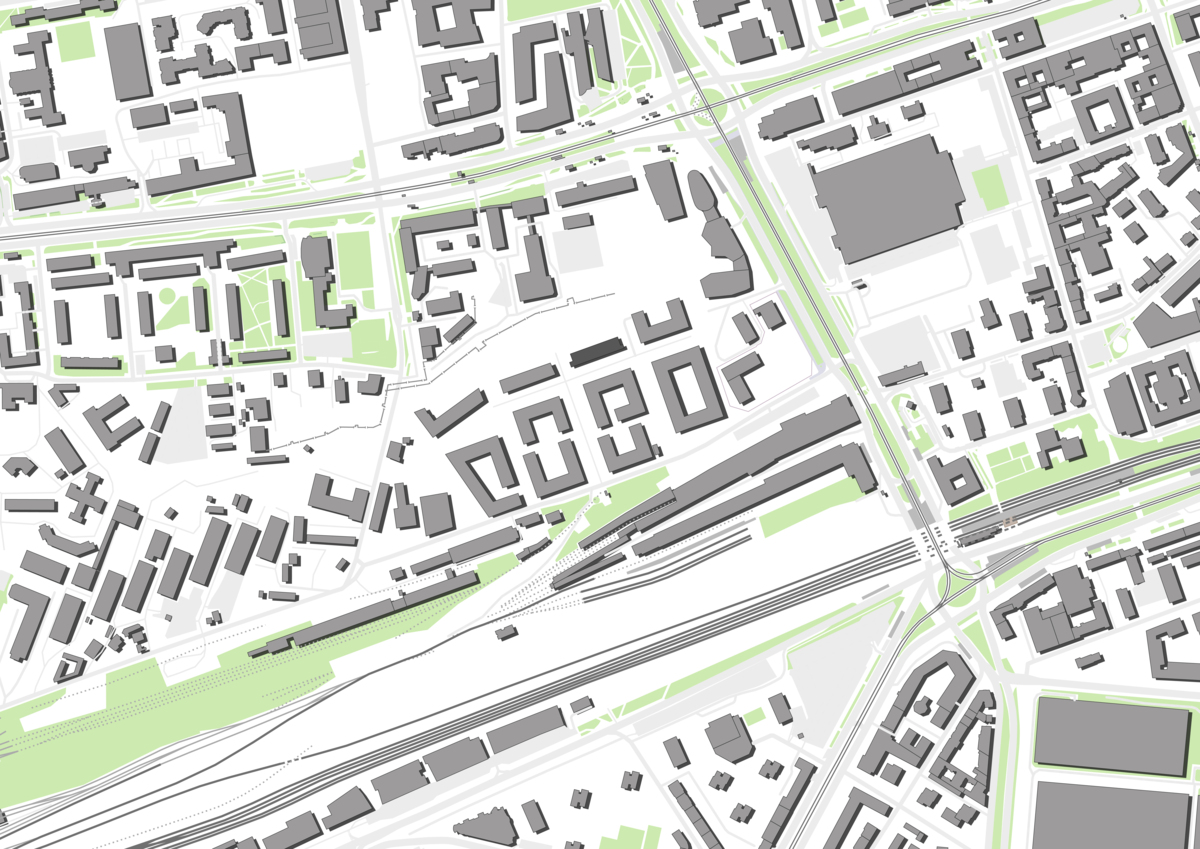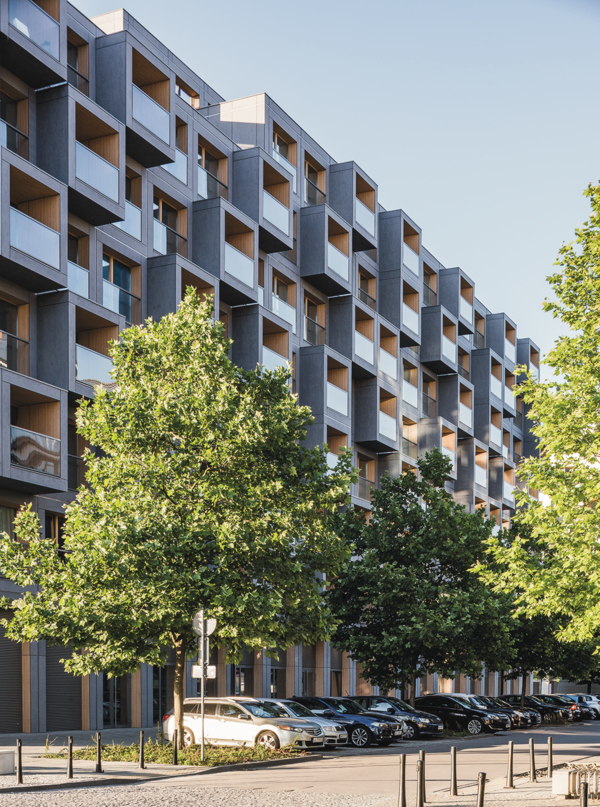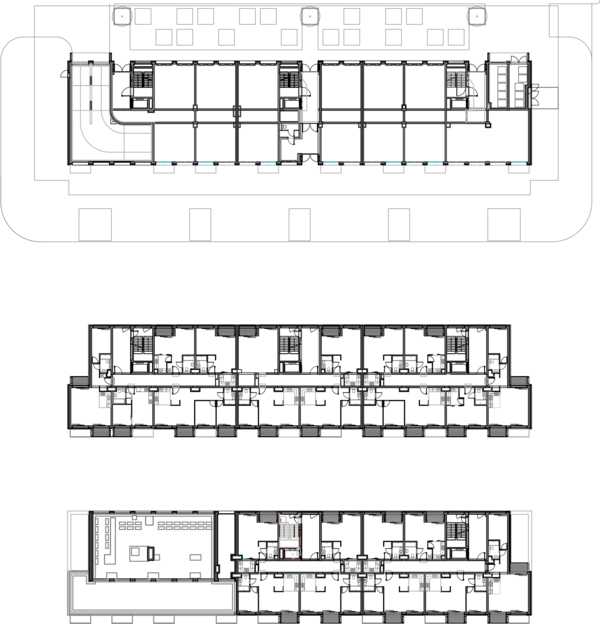APARTMENT BUILDING IN WARSAW
Project details
- City
- Warsaw
- Project Type
- New Construction
- Building Type
- Apartment
- Application Type
- Facade
- Architect
- JEMS Architekci, Warsaw, Poland
- Photographer
- Juliusz Sokołowski
Project description
Warsaw’s residential districts are characterised by large tower blocks and pre-cast panel buildings, many of them erected in the decades after the war under Soviet domination. Finding an adequate response to such a setting while not wishing to break radically with the past is no easy task, yet this residential building manages to achieve this with a high-rise, a supposedly outdated form of housing form, and through the playful design of spaces and facade.
The basic form and height of the building in Warsaw’s 19th district is based entirely on the neighbouring buildings: a high-rise block facing north south and up to nine storeys high terminates an urban development area. The high-ceilinged ground floor zone is reserved for shops and is intended to bring life to the district; there are up to 15 apartments on each of the standard floors.
The eye is caught immediately by the numerous box-like windows on the south facade, many of which project more than a metre. If one then takes a look at the north façade, the idea behind the arrangement of the boxes becomes clear: What the architects cut out of one front to make loggias, they attached to the loadbearing structure on other side of the building in the form of the box windows. This subtraction and addition of volumes is combined with the use of fibre cement panels to clad the outward-facing parts of the facades. The grey fibre cement panels, precisely cut to fit the projecting boxes, are augmented by wood panelling for the balconies and window reveals. An elegantly restrained facade is created that makes its impact largely through the play of light and shadow.
On the reduced traffic south side of the site, opposite a high-rise characterised largely by glass and wood, the architects added a game played with projecting box-like windows, which with their matt grey and lightly structured fibre cement panels break the light and therefore have a subdued impact. As the two top floors of the building are set back, the high-rise does not seem quite so high and therefore fits ideally into its surroundings.
The panels of fibre cement were cut precisely to the width of the box-like windows; at the top there is a narrow parapet flashing that allows rainwater to run off optimally.
The facade grid was applied rigorously, so that even those parts of the facade that do not project are clearly recognisable as boxes. The use of wider joints, which are backed with fibre cement panels, makes the impression of a box even more evident. A clever detail that shows the joints as light-coloured strips in the facade, different to normal shadow joints.

Published in A+D 55, Spring 2021


